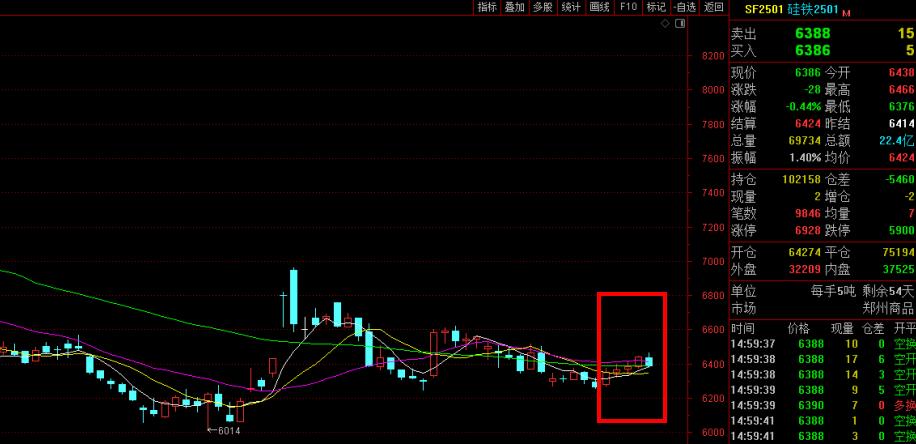C Rangarajan, chairman of the Prime Minister's Economic Advisory Council, says the slew of policy measures the government is introducing should contain our current account deficit (CAD) at 3.7 per cent of gross domestic product (GDP) this financial year, against 4.8 per cent last year.
Besides, the oil ministry's resolve to effect savings in foreign exchange outgo equal to one per cent of GDP on crude and gas imports and the government discouraging gold imports by raising customs duty, once again making it ideal for the country to take its rightful place in the seaborne trade of iron ore, would help us narrow CAD. From Manmohan Singh to Finance Minister P Chidambaram---there is painful recognition of the lost opportunity in exports of iron ore, a mineral found in abundance here.
Well before Asia's third-largest economy was sucked into a crisis of grave proportions, New Delhi ill-advisedly slapped a uniform export duty of 30 per cent on iron ore lumps and fines in December 2011, as the railways charged a 3.6 times higher freight on exportable ore than that transferred from mines to local steel mills. Burdened, Indian ore priced itself out of the world market, much to the delight of mining giants with operations in Australia, Brazil and South Africa. Steelmakers have long lobbied for making iron ore exports a non-starter. Whammed by punitive levy and freight, the country's iron ore exports which, at their peak, generated earnings worth about 0.5 per cent of GDP, slumped from 117 million tonnes (mt) in 2009-10 to 18 mt in 2012-13. As India is now overlooked as a sourcing point for the mineral, this year, our exports would be a piffling nine mt.
The steel industry, no doubt, got the better of miners in virtually snuffing out ore exports. But this came at a cost to the nation, as well as deprivation of thousands of people in some of the country's remotest parts where the mines are located.
Concerned about the decommissioning of so many mines and the fact that iron ore stocks are still growing, Chidambaram has come to believe redemption lies in removing the export logjam. When he says, "We have to find a way to export iron ore and we need to restart mining," he is hinting at two possibilities---recalibration of export duty and the government trying to convince the Supreme Court about the need to ease the ban on mining and exports. Other than his compulsion to earn foreign exchange, Chidambaram is aware more mines would be shut if the stocks of fines, for which the demand would stay limited till sufficient sinter and pellet capacity is built, aren't disposed. The last thing owners want is to mothball mines, as bringing these back to production requires considerable money and time. The government also wants to avoid the social and political unrest the closure of mines lead to.
The government discouraged iron ore exports on the specious argument that all the mineral we could lay our hands on would be needed by a rapidly expanding domestic steel industry. The fallaciousness of the argument is, however, self evident. Iron ore reserves are never static, as seen in India, Australia and elsewhere. More mining leads to more exploration, establishing new deposits. Two examples would underscore the point. Between April 2005 and March 2010, extraction of iron ore stood at about one billion tonnes (bt). But this period saw our hematite resources rising 3.277 bt. Australia, which exported 439 mt (38 per cent of global exports) of the production of 488 mt (a quarter of the global output) in 2011, has continued making rapid discoveries of new deposits through highly intensive exploration. In any case, there is no reason why Indian miners would want to export ore fines when sufficient demand is created in the local market. Fines account for about 90 per cent of our iron ore exports and the principal market for the product is China, with which we have a growing trade deficit.
Mining groups have been put out of gear by the stonewalling of iron ore exports and large-scale decommissioning of mines in Goa, Karnataka and Odisha, following Supreme Court rulings and state interventions. At the same time, JSW Steel Chairman Sajjan Jindal has complained steelmakers, denied adequate supply of ore from local mines, are being forced to import. There is no doubt supply shortages are partly due to large-scale suspension of mining. "Our steel mills need lump ore, which is co-produced with fines in a 30:70 ratio. For miners to be able to produce lumps in large volumes, it is essential to find buyers for fines. Export collapse has led to mountains of fines building up at mine heads, causing dislocations in mining. Unsurprisingly, even while our iron ore production fell from 219 mt in 2009-10 to 140 mt last year, mine head stocks rose from 91 mt to 125 mt during this period. Stocks at the end of March 2013 included about 100 mt of fines," says Federation of Indian Mineral Industries president H C Daga. Steelmakers would get relief only when mines start producing full-throttle and fines exports prosper.
Copyright © 2013 Ferro-Alloys.Com. All Rights Reserved. Without permission, any unit and individual shall not copy or reprint!
- [Editor:editor]



 Save
Save Print
Print Daily News
Daily News Research
Research Magazine
Magazine Company Database
Company Database Customized Database
Customized Database Conferences
Conferences Advertisement
Advertisement Trade
Trade


















Tell Us What You Think